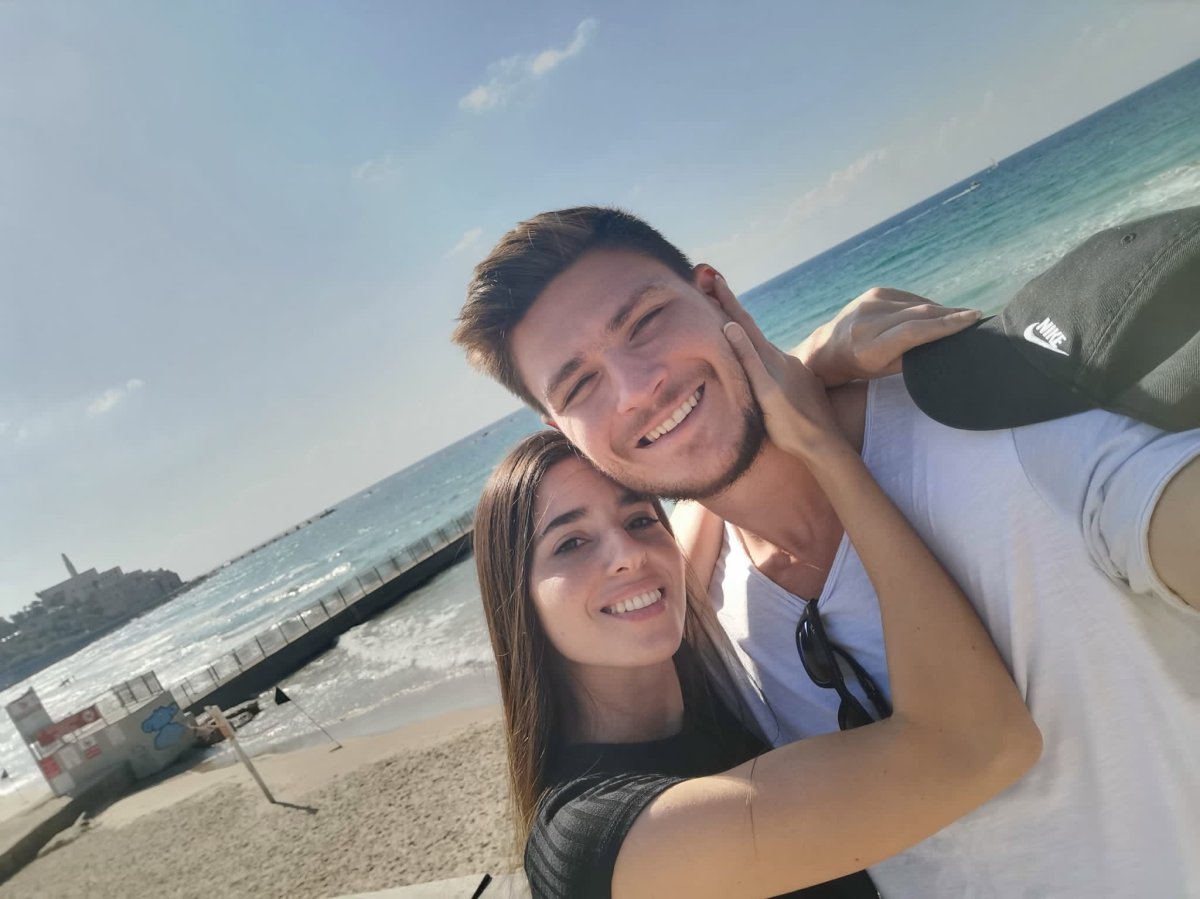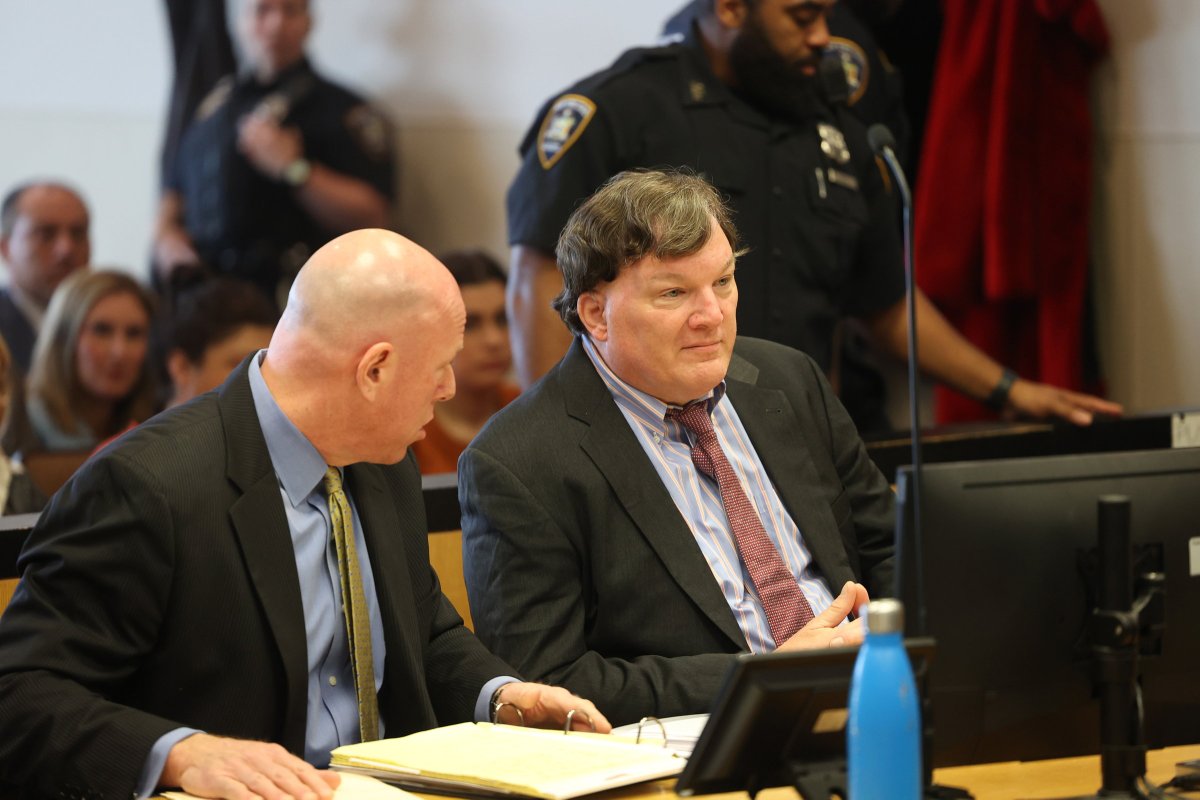Morikami Museum Explores Washi, the Art of Japanese Paper in Delray Beach
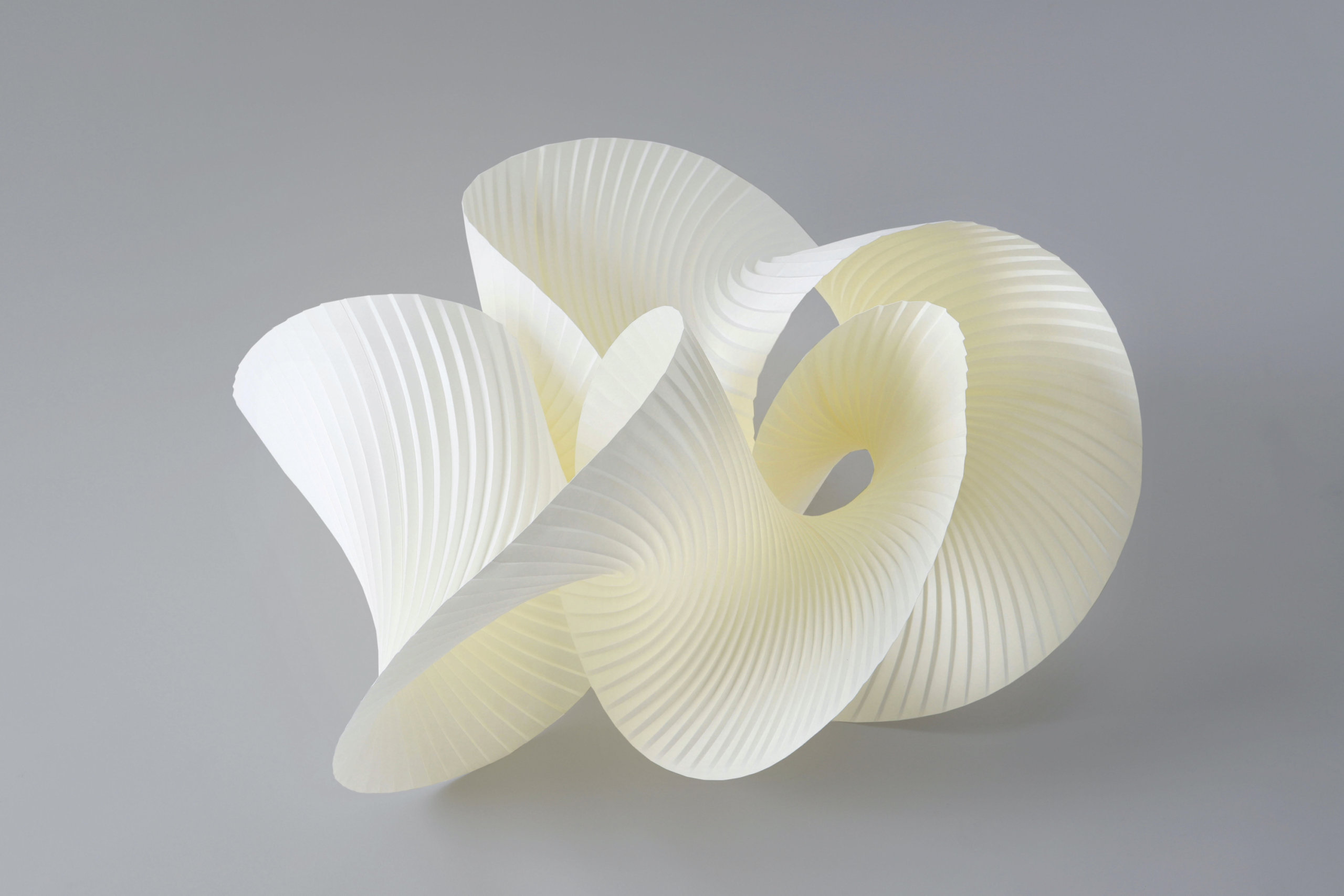
Morikami Museum and Japanese Gardens in Delray Beach is lucky to be the current stop for Washi Transformed: New Expressions in Japanese Paper, a traveling exhibition which launched at the museum in November and will remain on view through April 2.
The Washi Transformed exhibition was not originally on the schedule, but turned out to be a happy surprise after COVID-related issues put the brakes on Cultural Encounters, the original traveling show from the same organizer that was meant to be at the museum, according to Carla Stansifer, curator of Japanese art at the Morikami, adding of the replacement, “Our visitors really enjoyed it.”
Curated by Los Angeles-based historian of Japanese art, Meher McArthur, the show features more than 30 highly textured two-dimensional works, expressive sculptures, and dramatic installations that push boundaries and explore the magnificently expansive potential of this traditional medium.
Nine contemporary Japanese artists, including Hina Aoyama, Eriko Horiki, Kyoko Ibe, Yoshio Ikezaki, Kakuko Ishii, Yuko Kimura, Yuko Nishimura, Takaaki Tanaka, and Ayomi Yoshida, delve into the remarkable range of applications and possibilities of Japanese paper, called washi.
Among the finest papers in the world and dating back more than 1,000 years, washi is produced through a labor-intensive process where fibers from three different plants are steamed, boiled and beaten to a literal pulp before the strands are strained into thin sheets which are bleached and dried in the sun. The result is a brilliantly strong, utilitarian material for sliding screens, room dividers, furniture, umbrellas and all sorts of other objects.
Despite these ancient roots, this exhibition shows washi as the basis for some incredible, forward-thinking contemporary art. The pieces on display at the Morikami Museum become vehicles, helping the past inform the present as each artist becomes an iconoclast, breaking tradition and using washi in ways their forebears could never have imagined.
“These nine contemporary Japanese artists are revisiting their nation’s traditional material and elevating it into a medium for expressive and often spectacular works of art,” Meher McArthur explains.
Participating artists demonstrate washi’s powerful versatility in works that are largely different from one another, as explained by McArthur’s exhibition catalogue, Washi Transformed New Expressions in Japanese Paper, which offers some lovely images and keen insights on the show and its artists.
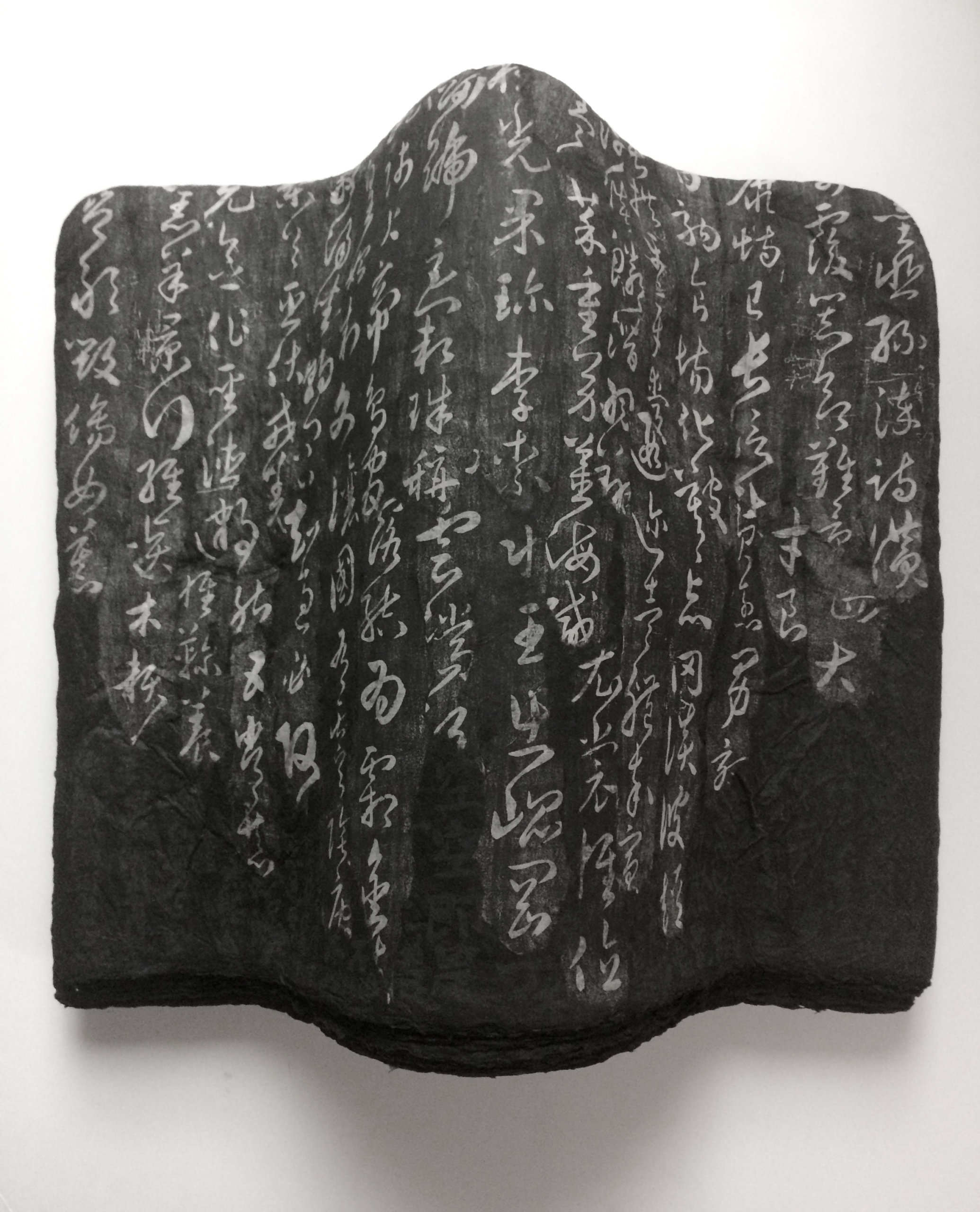
From Yokohama native Hina Aoyama’s super fine and highly detailed paper cutouts — which look like lace with words from Baudelaire and intricate images from nature — to Kitakyushu-born Yoshio Ikezaki’s more dense abstract forms often infused with homemade sumi ink and made to represent lava flows, craggy tree bark, or textured rock, washi runs the gamut of expression at the Morikami Museum.
“It’s all-natural material, it’s thousands of years old, but they’re still coming up with completely new and different ways to create things,” explains Stansifer. “It just fascinates me that you can go in so many directions with such a simple material. … It’s all very personal, I feel.”
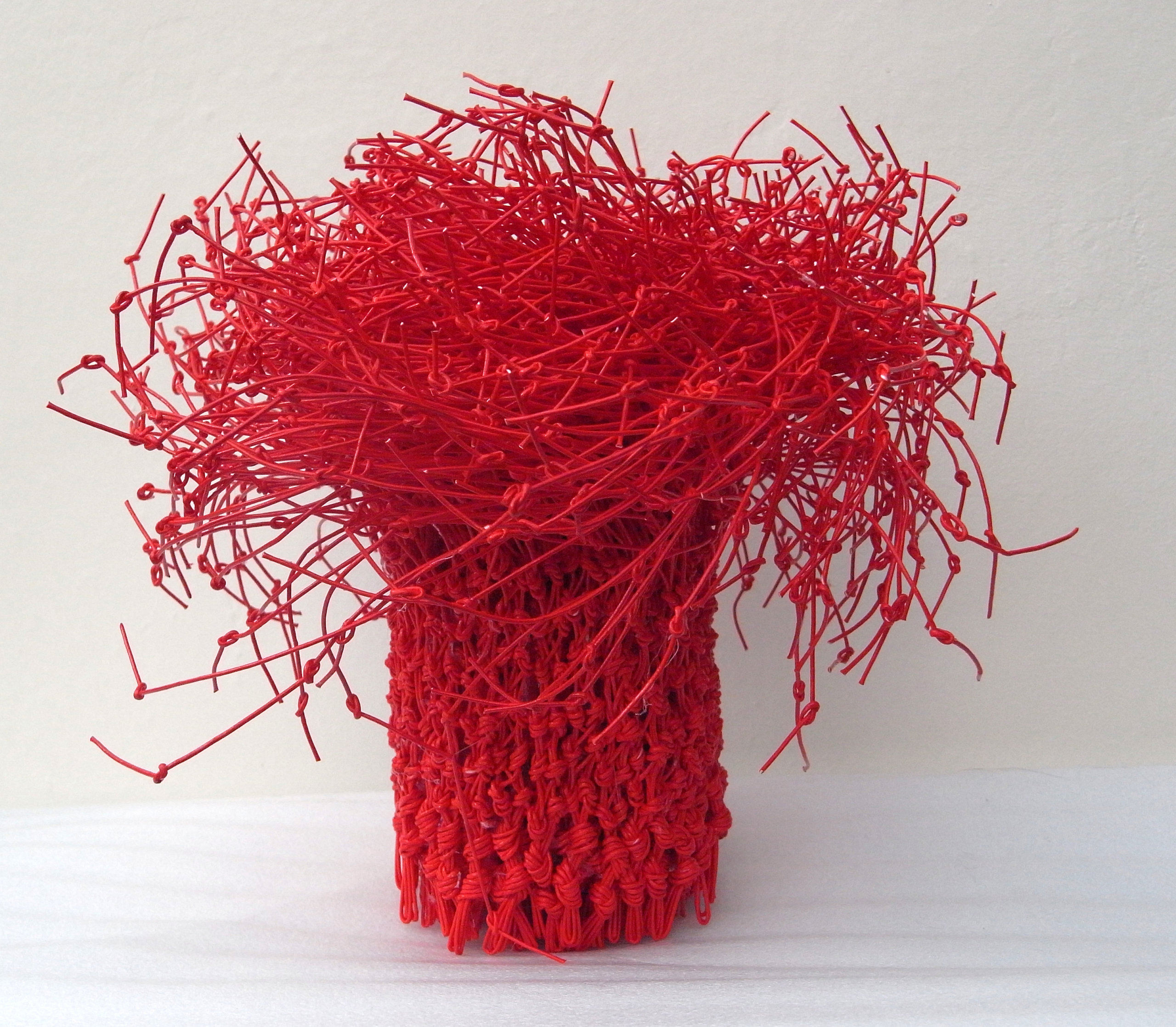
Fukuoka-based fiber artist Kakuko Ishii creates pieces from paper cords called mizuhiki, which are made by tightly winding rice paper and adding starch (for stiffness) and color. She often weaves the mizuhiki together to create arresting forms which set the cords free to become abstractions protruding from the more deliberate shapes.
Kyoko Ibe has been working with washi for contemporary art since the 1960s, when the material was confined to traditional Japanese arts and crafts, and earned recognition in the 1970s for her large pieces, which mix traditional techniques with technological experimentation, such as turning old handmade paper and handwritten documents into new washi, allowing traces of the old words and material to remain.

Yuko Kimura, who was born in Oakland, California but spent her childhood in Japan, has been a printmaker for over two decades. She incorporates etching, aquatint, and indigo dye on pleated or twisted paper — mostly “worm-eaten pages from old printed books” or handmade washi papers along with worn fragments of cloth obtained from her grandmother in Japan — to create layered, patchwork compositions.
Takaaki Tanaka from Hyōgo prefecture focuses on manipulating washi into new forms inspired by things in nature, like the bird’s nest, which he points to as “a fundamental starting point for many species of animal life.” At the museum, he has made cylindrical tubes festooned with twigs, along with a dias, or platform, installation with two steps and a mesh substrate.
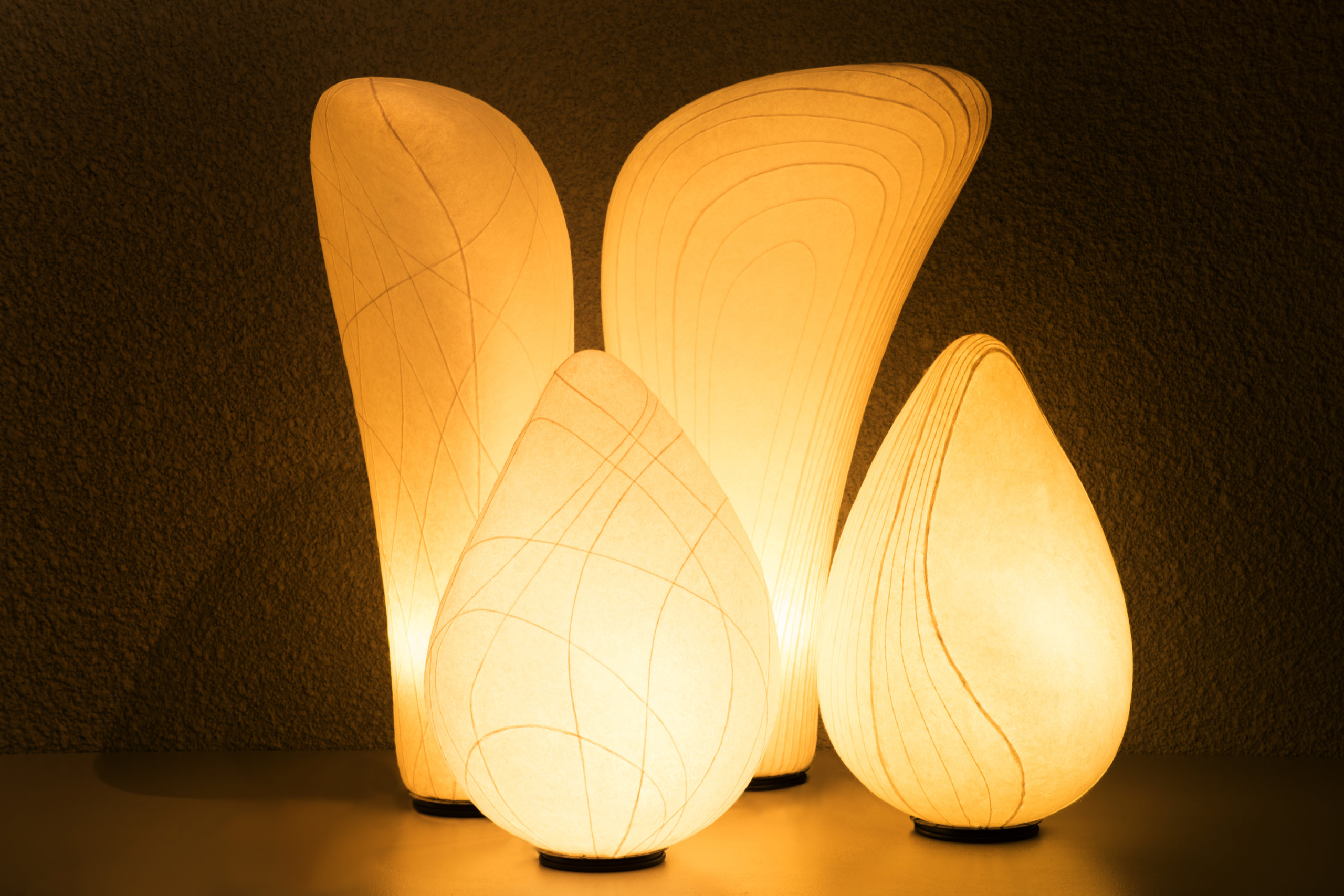
Eriko Horiki brings washi into the design space with beautiful illuminated objects. She learned traditional paper making in her 20s after leaving a career in banking with hopes to keep the art alive for future generations. Layered and tinted with backlighting, her pieces range from larger architectural features, such as ceilings, walls, room dividers, windows and lamps for hotel lobbies and public spaces all over Japan, to smaller paper sculptures that add little atmospheric details and expression in a space.
Ayomi Yoshida, the youngest artist in Japan’s renowned Yoshida family of artists, went from woodblock printing to building room-sized installations of woodchips and thousands of small, woodblock-printed details in Japanese and American galleries and museums. Her installation for this show features abstract woodblock prints on washi paper arranged to create an immersive environment.
Educated at some of Japan’s top programs, Yuko Nishimura works with a special handmade paper called kyokushi, which she folds into conceptual reliefs and three-dimensional compositions to connect the worlds of art, architecture, and fashion. According to McArthur’s catalogue, this act of folding paper holds special meaning going back to ancient Japanese rituals from more than 1,000 years ago.
Morikami Museum and Japanese Gardens is located at 4000 Morikami Park Road, Delray Beach. For more information, call 561-495-0233 or visit morikami.org.

